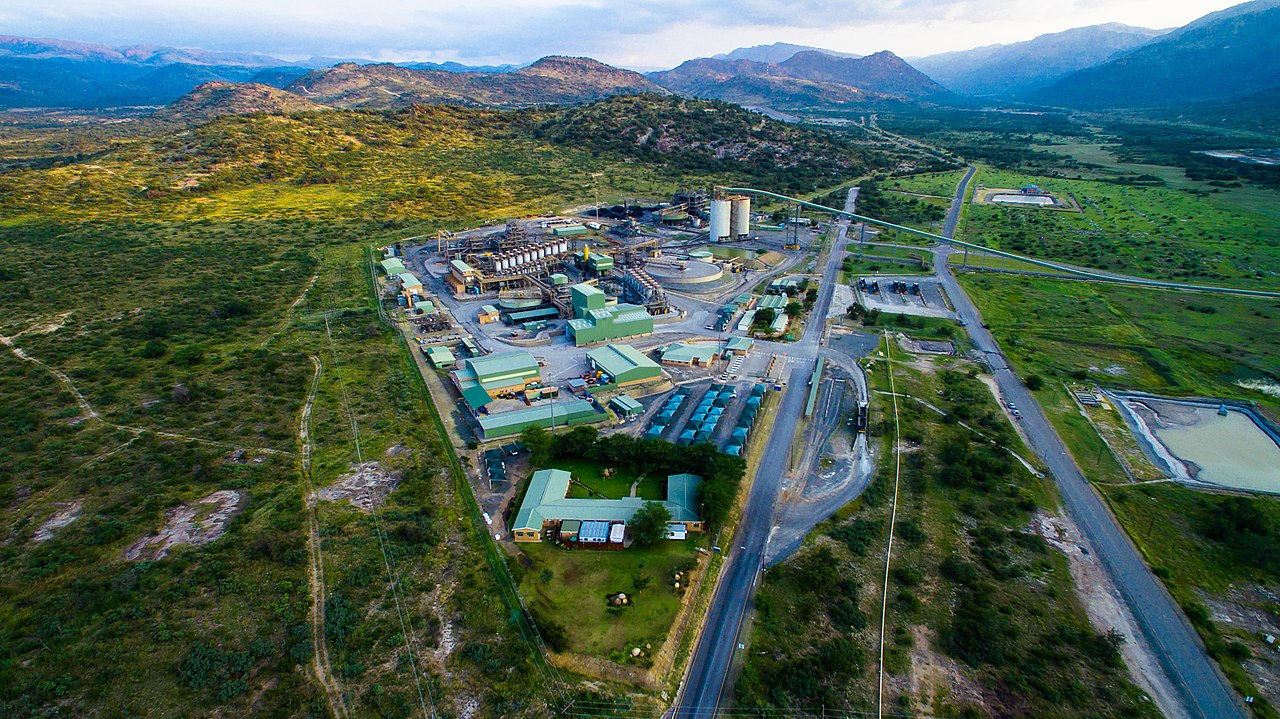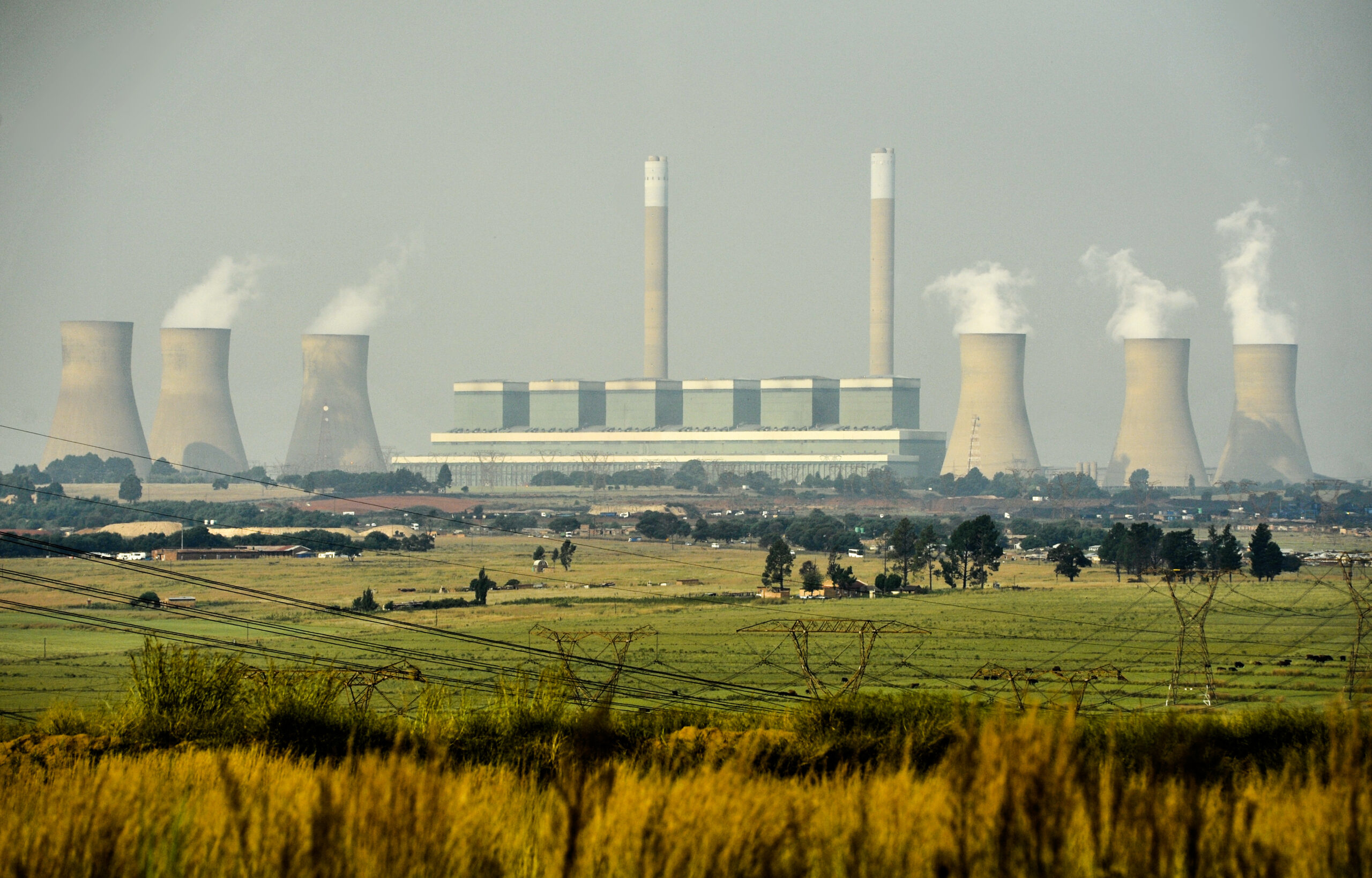The opportunity for green hydrogen fuel cells in South Africa
A fuel cell uses chemical energy from fuels, like hydrogen, propane or diesel, to produce electricity. Fuel cells can use a wide range of fuels and have a wide range of applications. They can produce electricity for anything, from a small device like a laptop to a power station.
On the other hand, a hydrogen fuel cell uses hydrogen and produces electricity, heat and water.
How fuel cells work
Fuel cells generate electricity from an electrochemical reaction. To do this, fuel cells need a continuous supply of fuel and an oxidising agent, typically oxygen. Fuel cells can continuously generate electricity until no fuel and oxygen supply is left.
Fuel cells are different to batteries. Batteries store energy, while fuels cells generate energy using a fuel source. Batteries get their electrical energy from the factory where they are made, or from charging them with electricity. Once batteries run out of energy, they need to be recharged or replaced. But, fuel cells keep running so long as they have a constant supply of fuel.
What fuel cells are used for
Fuel cells are used as a source of power for buildings, homes and industries. They were invented in 1838 but only became commercially popular when NASA used them to power space capsules and satellites.
Green hydrogen fuel cells
A hydrogen fuel cell is “green” when the hydrogen used is produced using renewable energy. Hydrogen fuel cells are divided into four categories:
- Brown hydrogen: hydrogen that is produced from coal, releasing greenhouse gas emissions into the atmosphere
- Grey hydrogen: hydrogen that is released from burning natural gas, also releasing greenhouse gas emissions
- Blue hydrogen: hydrogen that is produced from natural gas, but, in contrast to grey hydrogen, emissions are captured by carbon capture and storage
- Green hydrogen: hydrogen that is produced from electrolysis from renewable electricity
The production of green hydrogen
Green hydrogen is produced through electrolysis. This is a process whereby water is separated into hydrogen and oxygen using electricity. In order for this hydrogen to be considered “green”, the electricity must come from renewable sources.

Advantages of green hydrogen
Green hydrogen and green hydrogen fuel cells have recently gained a great deal of attention from governments. For example, the US and the European Union have announced large investments in the development of hydrogen fuel cell technology. One of the reasons for this interest is the rapidly declining renewable energy prices.
Green hydrogen has no emissions; the only byproduct is water. It has the potential to decarbonise some sectors of the economy where reducing emissions is difficult. This is the case with transport, industry and electricity generation, which require intense heat or high energy density fuel.
Fuel cell electric vehicles
The supply of hydrogen in the atmosphere is almost limitless. When combined with fuel cells, green hydrogen has huge potential. For example, a hydrogen fuel cell is two to three times more efficient than a normal combustion engine fuelled by petrol. It takes less than four minutes to refuel fuel cell electric vehicles.
Disadvantages of green hydrogen
In 2021, green hydrogen made up just 0.1 per cent of global hydrogen fuel sources, according to the World Economic Forum. This is because there are still a few challenges in producing it. Green hydrogen systems are still very complex and expensive.
There is still a lack of specialised workers to support the growth of the industry, and green hydrogen is difficult and expensive to store and transport. Furthermore, hydrogen requires specialised pipelines and carriers, mainly because it is highly flammable and light.
Monetising hydrogen fuel cell technology
Green hydrogen also loses a lot of energy at each point in the supply chain, from the electrolysis process to the use of hydrogen in fuel cells. Moreover, it is difficult to monetise. For example, green hydrogen can be produced cheaply in sunny places near solar plants. But, those industries or consumers using green hydrogen are often located far away. Therefore, there is a need for pipelines, which increases the costs.
The opportunity for green hydrogen fuel cells in South Africa
The development of green hydrogen fuel cells and the wider green hydrogen market is an enormous opportunity for South Africa. In fact, the German green energy think-tank Agora Energiewende, compiled by IHS Markit, says that South Africa could cut its greenhouse gas emissions by 70 per cent if it were to capitalise on the opportunities offered by the green hydrogen economy.
The economic repercussions of hydrogen fuel cell technology
Indeed, South Africa plans to do just that. Green hydrogen fuel cells are a national priority for South Africa, President Cyril Ramaphosa announced. The development of hydrogen fuel cell technology presents an economic opportunity for South Africa in particular, as it could spark the creation of new jobs and see a boost of development in the country’s platinum belt.
In October 2021, the South African government, in partnership with the private sector, released a feasibility study. This gave the go-ahead for the development of a “hydrogen valley”. This means that the government and its partners will develop nine pilot projects to develop green hydrogen technologies, such as hydrogen fuel cells. It will start in the Limpopo area where platinum is mined – a key ingredient for hydrogen fuel cells – and will eventually include heavy transporters in the Durban area and the greening of buildings in Johannesburg.
The future of green hydrogen fuel cells in South Africa
As mentioned, the South African government considers the development of this market to be a national priority, as it presents opportunities both economically and on the decarbonisation front.
From an economic perspective, the country’s platinum belt is poised to supply the metal for the production of hydrogen fuel cells. Meanwhile, green hydrogen is an opportunity for the country to transition key sectors of the economy away from fossil fuels, like transport.

South Africa’s plans
The South African government has identified three “hydrogen hubs”. These are Johannesburg, Durban/Richards Bay and the Limpopo province area. The government plans to use these hubs to host pilot projects. Together, they form the “Hydrogen Valley”.
The government chose these areas because they meet certain key criteria:
- Potential for a high demand for hydrogen in the future
- Infrastructure or resources to produce green hydrogen e.g. sunshine or wind
- Able to contribute to South Africa’s plans for a just transition away from coal
Pilot projects
There are nine hydrogen pilot projects in the “Hydrogen Valley”. A public-private partnership, consisting of the Department of Science and Innovation, Anglo American, Bambili Energy and ENGIE, will develop them. The partners have spread out the pilot projects between the mobility, industry and buildings sectors. For example, the mobility projects involve the conversion of buses and mining trucks to use green hydrogen fuel cells and the conversion of heavy-duty trucks with refuelling stations.
The industry sector will see the production of ethylene and ammonia, both byproducts of the hydrogen process. The buildings sector will see the “green” conversion of several buildings, including Anglo American’s corporate offices and buildings at the OR Tambo and King Shaka International Airports.
Green hydrogen timeline
The government will roll out the entire hydrogen plan in stages until 2050, starting with the transport industry. Eventually, South Africa plans to use green hydrogen fuel technology for power generation too.
Related Articles
The bad reason South Africa is making good on emissions targets
If current carbon emission trends continue, South Africa might actually be on track to meet its 2030 emissions targets under the Paris Agreement. This is according to research done by the Department of Forestry, Fisheries and the Environment (DFFE). And the reason for this? Mostly load shedding. The data was revealed in the DFFE’s 2023 […]
Eskom: Green energy saves water
Generating electricity from fossil fuels has a hidden cost: South Africa’s already scarce supply of fresh water.




